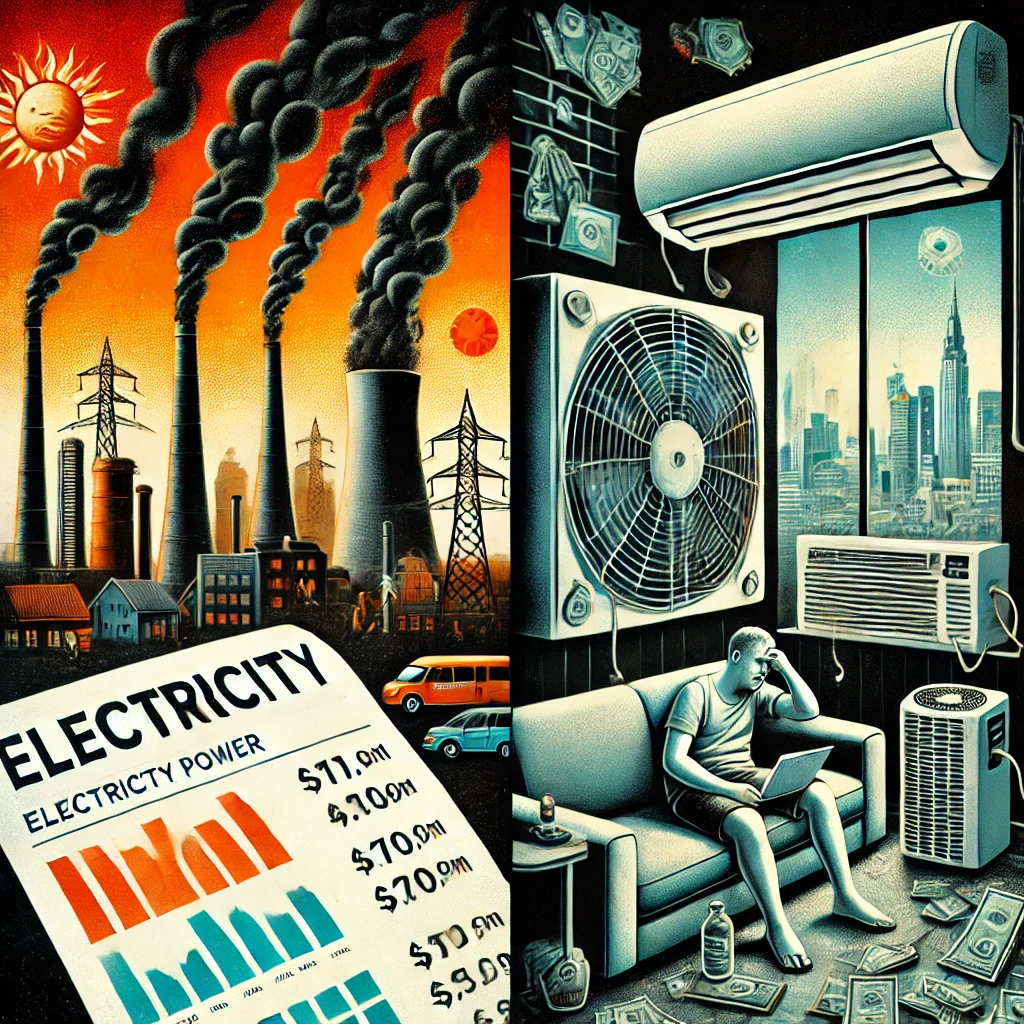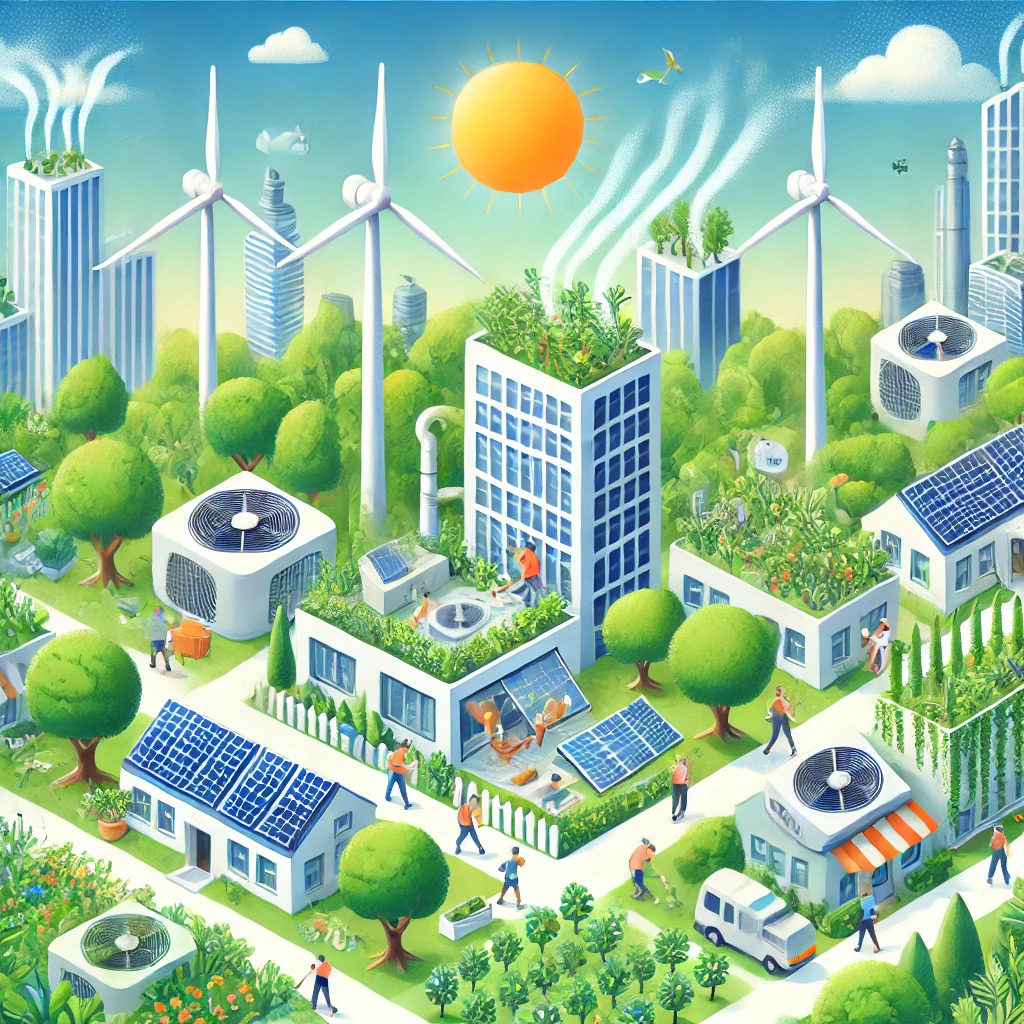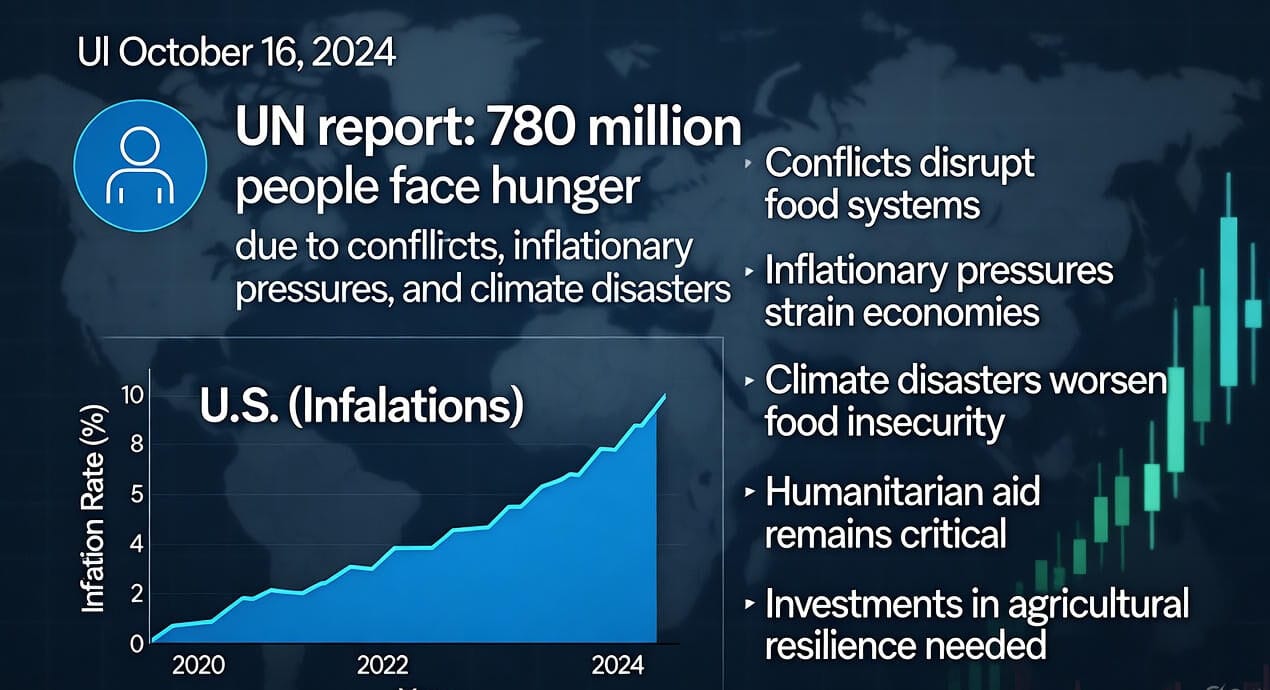
Demand for air conditioning very quickly grows as the earth temperatures go up causing coal fuel power plants emissions to also massively increase. The 2024 ICCL (Industrial Heat Levels) survey revealed that the use of cooling systems has increased throughout the globe, making the situation that they were designed to alleviate more severe. The very cause is the climate change issue.
Daily power usage and heat consistently contribute to each other.
Global warming and heatwaves are very common these days. In order to bring down the temperatures as air conditioners are the saviors for the people living in hotter zones. However, the use of air conditioning equipment has increased greatly, contributing to the growth in power load especially in places where coal still remains the major fuel used for power plants, thereby increasing the electricity consumption. Renewable or clean energy rates should quickly rise to meet the increasing demand for electricity. Without a radical shift in our preferences for the energy sources that we use, we stand the risk of paying a very high ecological price. Not to mention, countries are even pushing to the limits of their electricity needs. This leads to more carbon emissions than actually needed, making the situation even worse and totally turning into a worst-case scenario. Then, at the same time, the emissions themselves are contributing to a negative feedback cycle that is worsening the temperatures.
The Environmental and Economic Impact

The use of air conditioning has shot up in the present not as one major scare to the environment but also as an economic headache. The enormous electricity bills that the majority of the countries, which have experienced this situation, have received are due to the increased demand. In specific cases, power grids have experienced difficulties in the satisfaction of the demand which has resulted in the blackouts and energy cutoffs during the summer seasons, which are the highest in terms of heat. On the other hand, environmental situations are also getting worse, so it is a cause for worry. The combustion of coal in power stations is a significant activity to produce considerable releases of carbon dioxide (CO2), sulphur dioxide, and particulate layers, which induces the climate deterioration and the lung-related diseases to humans. In fact, the World Health Organization (WHO) has signaled that ambient air pollution’s exasperation due to human-induced fossil fuel high consumption speaks of the fact that the magnitude of the health threats is being strengthened in urban zones.
Looking for long term ways to help

To disrupt this circular pattern, it is imperative to introduce sustainable and energy-efficient cooling solutions. Governments and energy companies are advised to speed up the transformation to renewable energy sources, such as solar and wind power, to decrease reliance on coal-generated electricity. Furthermore, the development of energy-efficient air conditioning technology is another way to its experience. The inverter-based and solar-powered cooling systems could be very effective at the same time as general demand for energy grows. Uptight scheduling is another point that must be seriously taken care of in order to buffer the worsening of problems owing to global warming. Planting green spaces, applying reflective building materials, and strengthening the insulation of buildings are some of the measures that can be taken which in turn reduce indoor temperature and accordingly decrease the use of air conditioning.
The Road Ahead
To mitigate climate change will require immediate action to counter the social havoc brought about by the increased use of air conditioning. Policymakers, businesses, and individuals should collaborate to decrease the use of air conditioning but at the same time not compromise the comfort of people. If no action is taken in time, the interaction loop between the rise in temperature and the release of more emissions will be disrupted and this will lead to the extinction of the planet and future generations.







